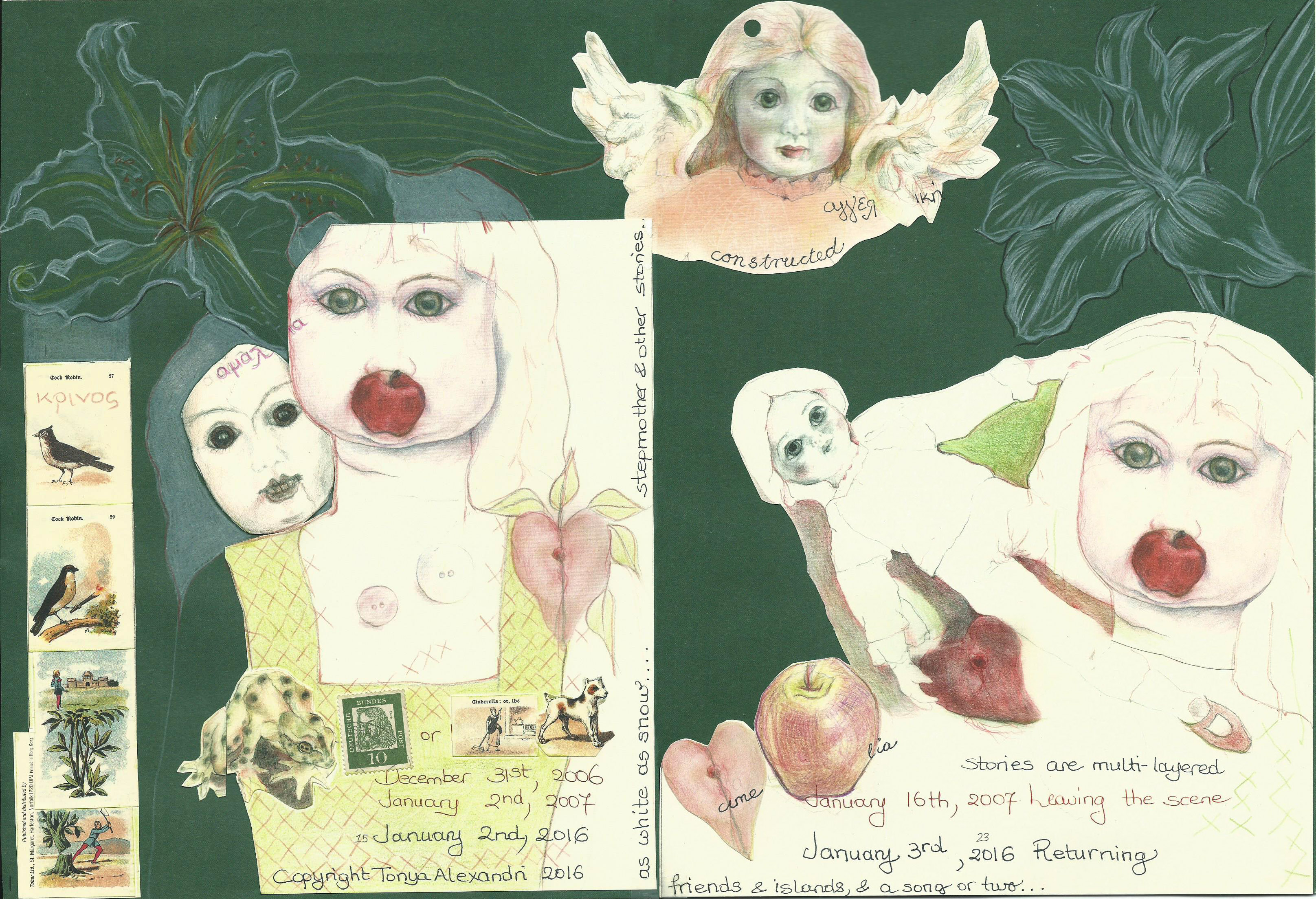Unpacking ‘Let me be’ ‘Deeper meaning lies in the fairy tales of my childhood
‘Deeper meaning lies in the fairy tales of my childhood
than in the truth that life teaches’ (Friedrich von Schiller, 1759-1805)
Sigmund Freud and other more recent psychoanalysts, psychologists, writers, artists, etc, have explored fairy tales and myths in an effort to understand psychological processes and defence mechanisms, like splitting, projection, idealization and denial, developmental stages, trauma, and family and other group dynamics because they believe/d that through exploration and analysis of these narratives one can increase insight and self-awareness, and ultimately, transform painful experiences. Fairy tales like dreams may offer a window into our unconscious material or implicit memories and may reveal a lot both about the author of the story, as well as, the reader. Furthermore, fairy tales and myths reflect and shed light on particular cultural contexts and the morality and politics of the era they were created. They often depict and explore family dynamics, conflict and ways of coping in difficult situations, and contain moral lessons and empowering endings where the victimized and small triumph over the cruel and powerful and where homeostasis and equilibrium of the system-group is eventually restored. Religious themes, practices and moral lessons are also common themes, and one such example is the rather sad story of Karen, the young orphan girl, in the Red Shoes. Central themes in many fairy tales and myths are human tendencies, traits and behaviours like lust for power and wealth, courage and self-sacrifice, cruelty and stupidity, kindness and fairness. Symbolism is used to express themes, aspects of personality, emotions and group dynamics and it is very interesting how common symbols linked to similar psychological processes, experiences, group dynamics or moral lessons are found across cultures and civilizations. For instance, fruit, mirrors, forests and trees, animals and other objects appear in many stories. In Snow White it is the poisonous apple that sends her into a comma or state of dissociation. It is the apple that keeps her in this state of temporary death, until she is able to spit it out. ‘And it happened that they stumbled over a tree-stump and with the shock the poisonous piece of apple which Snow White had bitten off came out of her throat. And before long she opened her eyes, lifted up the lid of the glass coffin, sat up, and was once more alive’ (Snow White – written by the Grimm Brothers and translated into English by Margaret Hunt). In this same story another common fairy tale symbol, the all-seeing mirror, reflects Snow White’s inability to escape her cruel step-mother’s watchful eye. The mirror is the very tool that allows her step-mother to be aware of every step she takes, and thus, to continually hunt her down, jeopardizing her attempts to remain safe.
Often the characters in these stories have had difficult childhoods in their family or have been mistreated, abused, rejected, neglected and manipulated by absent fathers, cruel step-mothers or envious and competitive siblings. Two very popular fairy tales of familial mistreatment are Snow White, the heroine of a popular German fairy tale originally published by the Grimm Brothers in 1812, and the hundreds of variants found all around the world of the story of Cinderella, which is believed to have been originally recorded in China, then retold by Glambattista Basile in Italy, by the French Charles Perrault in 1697, by the Grimm Brothers in 1812, and so on. Another perhaps less known story of parental betrayal is the story The Girl without Hands collected by the Grimm Brothers. Again there are several versions of this story as well. The heroes or heroines are often forced to leave the family or land where their victimization took place in search of love, safety and a better life. The journey, which often contains hardships, usually ends in release, transformation and spiritual growth, redemption and happiness.
More recently, Bruno Bettelheim, who has published Uses of Enchantment: The Meaning and Importance of Fairy Tales (1976), incorporates fairy tales into his therapy practice because he believes that fairy tales are an important tool for children learning to understand cultural reality and make their way in the world. Fairy tales viewed as allegories and adapted to suit the age of the reader, for some are high too violent for young children, can be useful tools for people to explore their own experiences and work out resolutions. An image or theme may resonate with an unconscious process in the reader and it can generate strong emotions, like fear, anger or sadness, which can then lead to processing and positive cognitive reframing. Also, because heroes and heroines escape destructive forces and overcome injustices and cruelty, many fairy tales contain powerful images and messages of transformation and healing. In any case, because the capacity of adaptation and transformation is not only dependent on our environment, but also lies within us, stories and our own meaning making of them may assist us in finding our way and in healing our wounds. According to Joseph Campbell, many of the world’s most important myths support people’s path towards fulfilment, which he calls bliss.
Tonya Alexandri, January 4th, 2016
